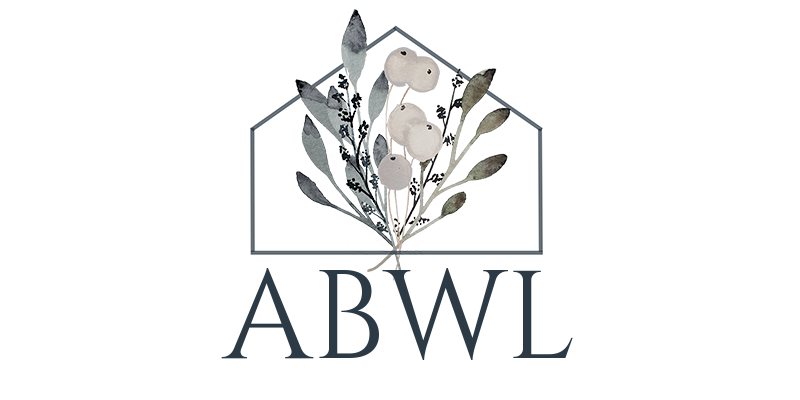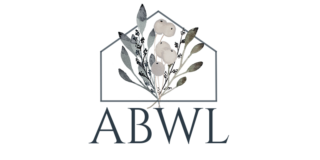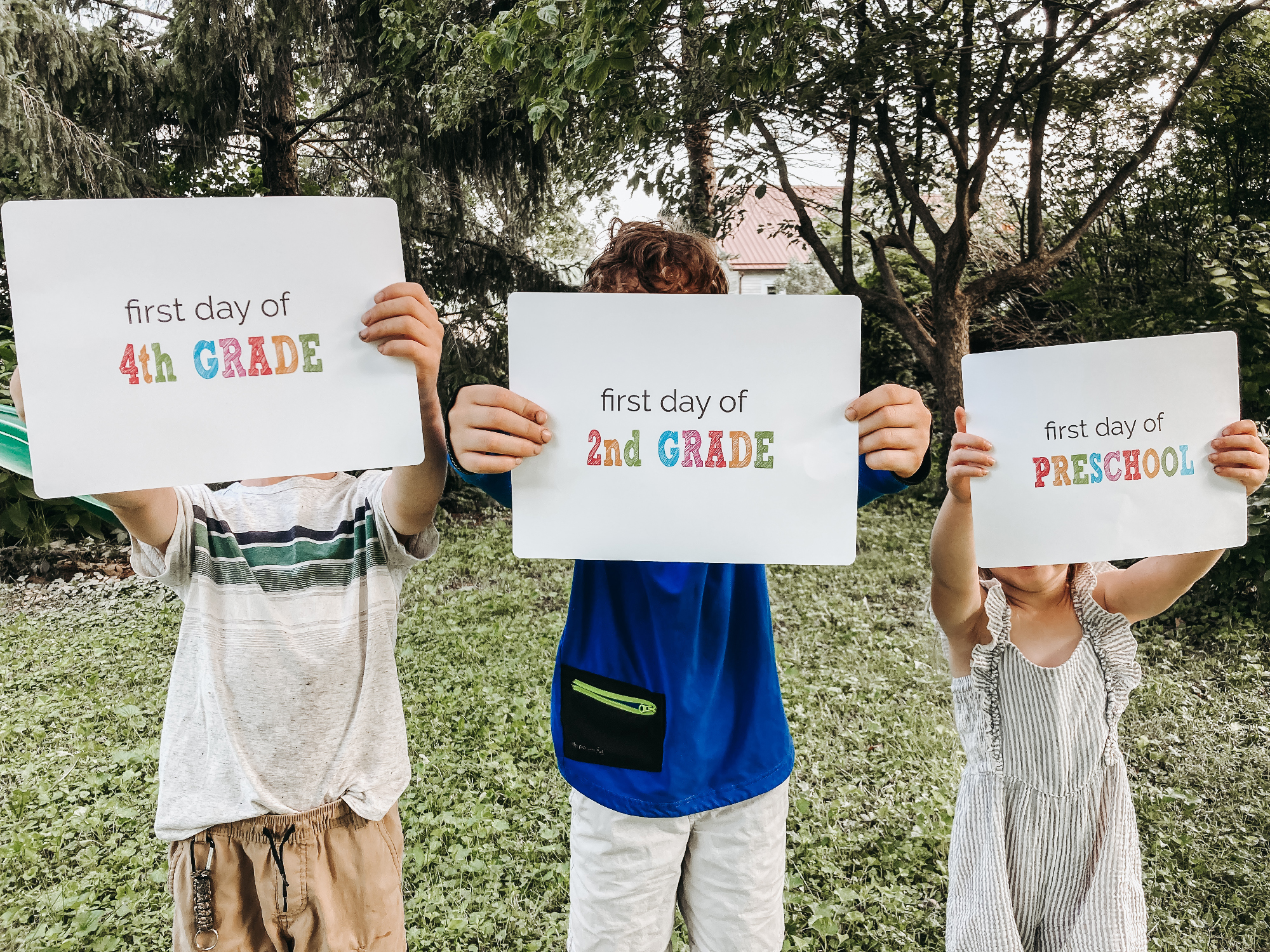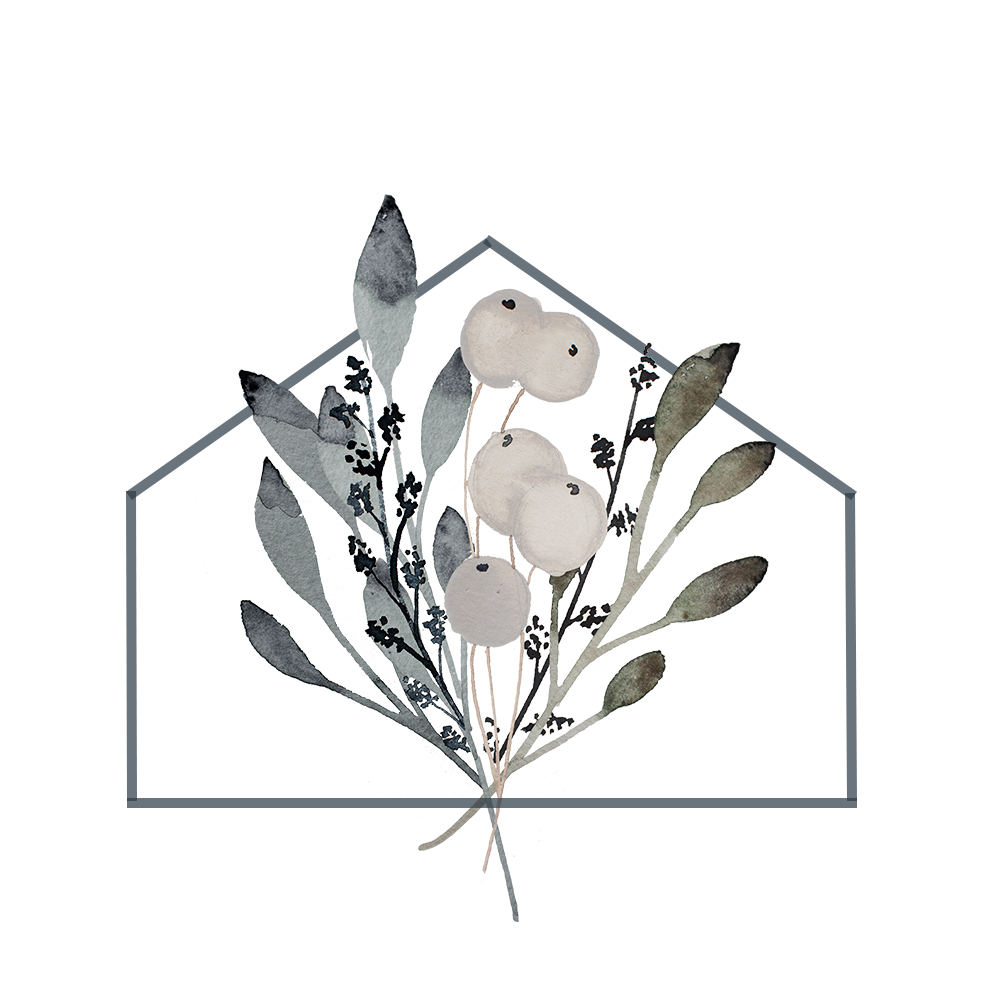let's be social!
This month we’ve been studying Winter Birds for nature study, and I thought I’d share what we’re using just in case you’re looking for some beautiful, living books and resources for your Charlotte Mason homeschool.
This is a 4-week study for us. We do three different types of nature studies each week:
- General nature lore (year-long) on Mondays,
- Specific ecosystem (one per term) on Wednesdays, and
- Special nature study (one per month) on Fridays.
That doesn’t include the nature walks, nature journaling, etc. that we do throughout the week, too. Those are just the three specific times each week that we read living books for each topic.
WINTER BIRDS LIVING BOOKS LIST
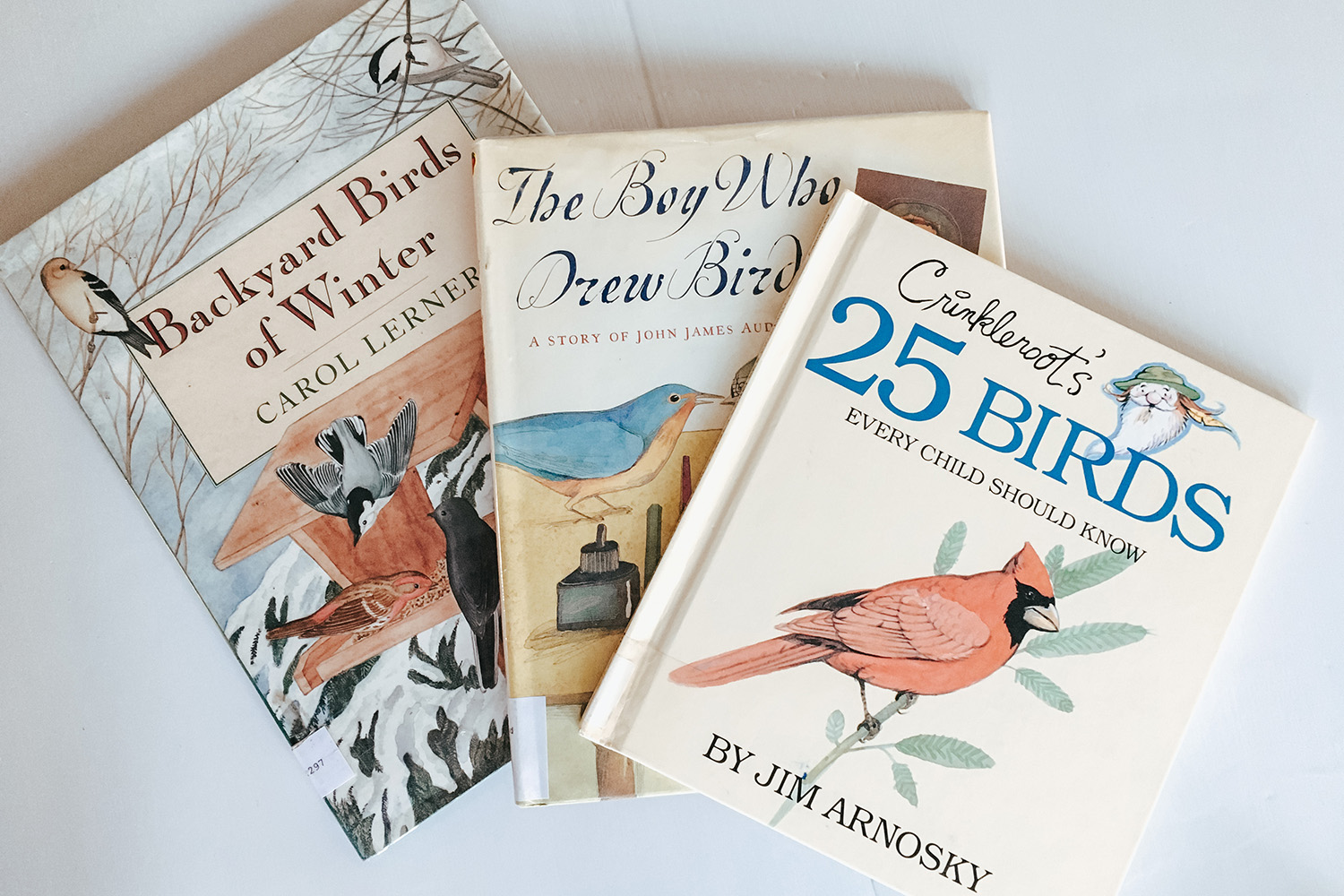
Our spine text for this special nature study is Burgess Bird Book for Children. The chapters can stand alone, so I’ve gone through and marked the chapters about birds we’re going to be focusing on. We’ll study birds again throughout the seasons, so we’ll read the entire book before it’s all said and done.
I’ve actually had kind of a hard time finding books about winter birds specifically. Many bird books seem to be meant for spring time, so it’s taken a bit of extra work to find what we need. We’ll spread out these books over the four weeks and some of them I’m only reading select chapters, so I don’t need a lengthy list of good living books.
CHARLOTTE MASON WINTER BIRDS NATURE STUDY RESOURCES & ACTIVITIES
Our Favorite Winter Birds Unit Study
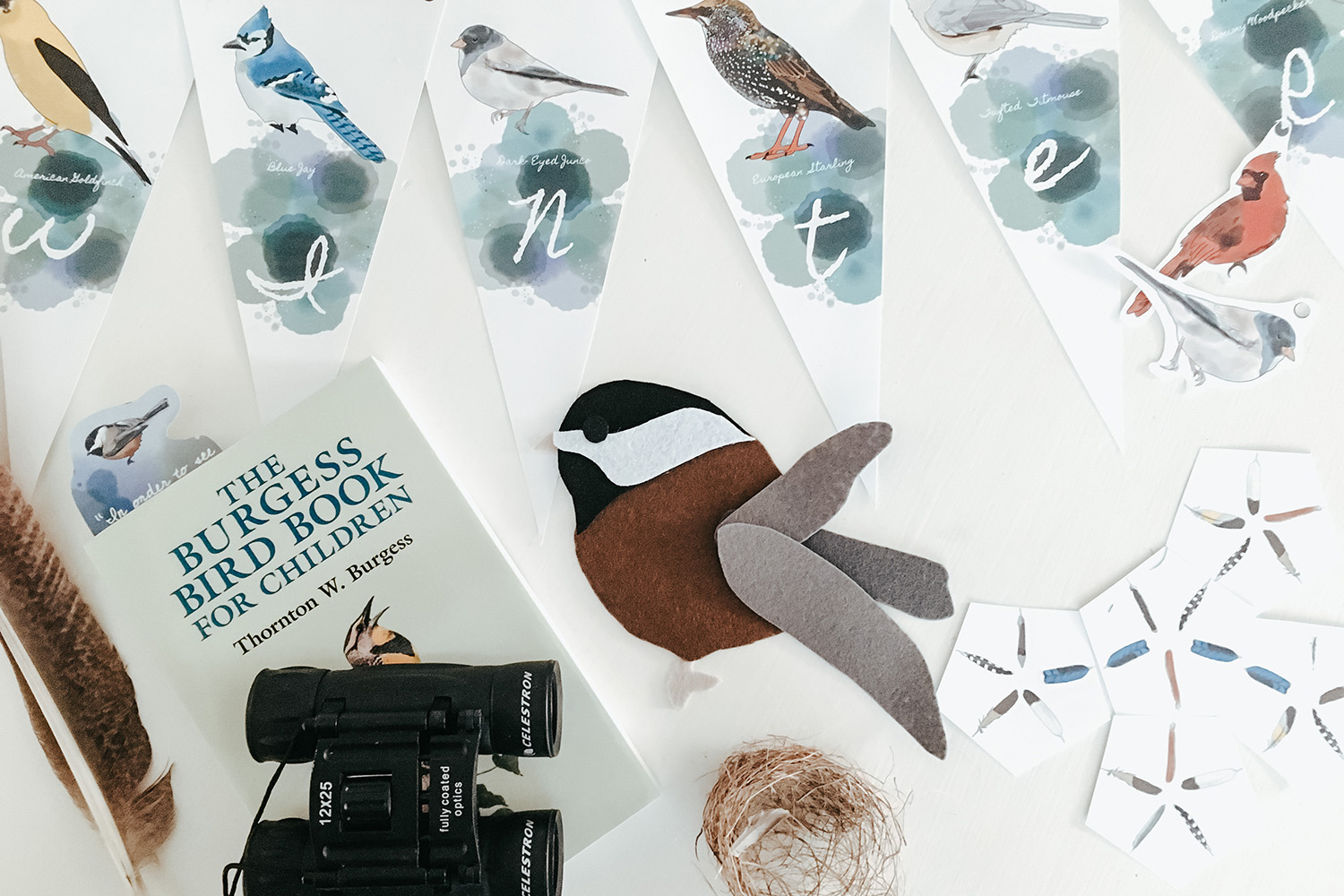
We are using this Winter Birds Collection by Chickie & Roo (one of my favorite online shops), and so far we’re all pretty delighted!
There’s a lot that comes in this awesome unit, so we aren’t using every single thing this time around. But I’m sure we’ll eventually incorporate all of it into our nature studies.
So far we’re especially been loving the games included and the bird identification cards. It’s been fun to learn about and now be able to identify some birds that I didn’t know were in our area.
The other day when we were playing outside, a dark-eyed junco landed in our yard to pick up some seed we’d scattered. I had seen these beautiful little birds, but I’d never known their name all these years. I think I was more excited than the boys. I ran inside to grab our binoculars and took a closer look.
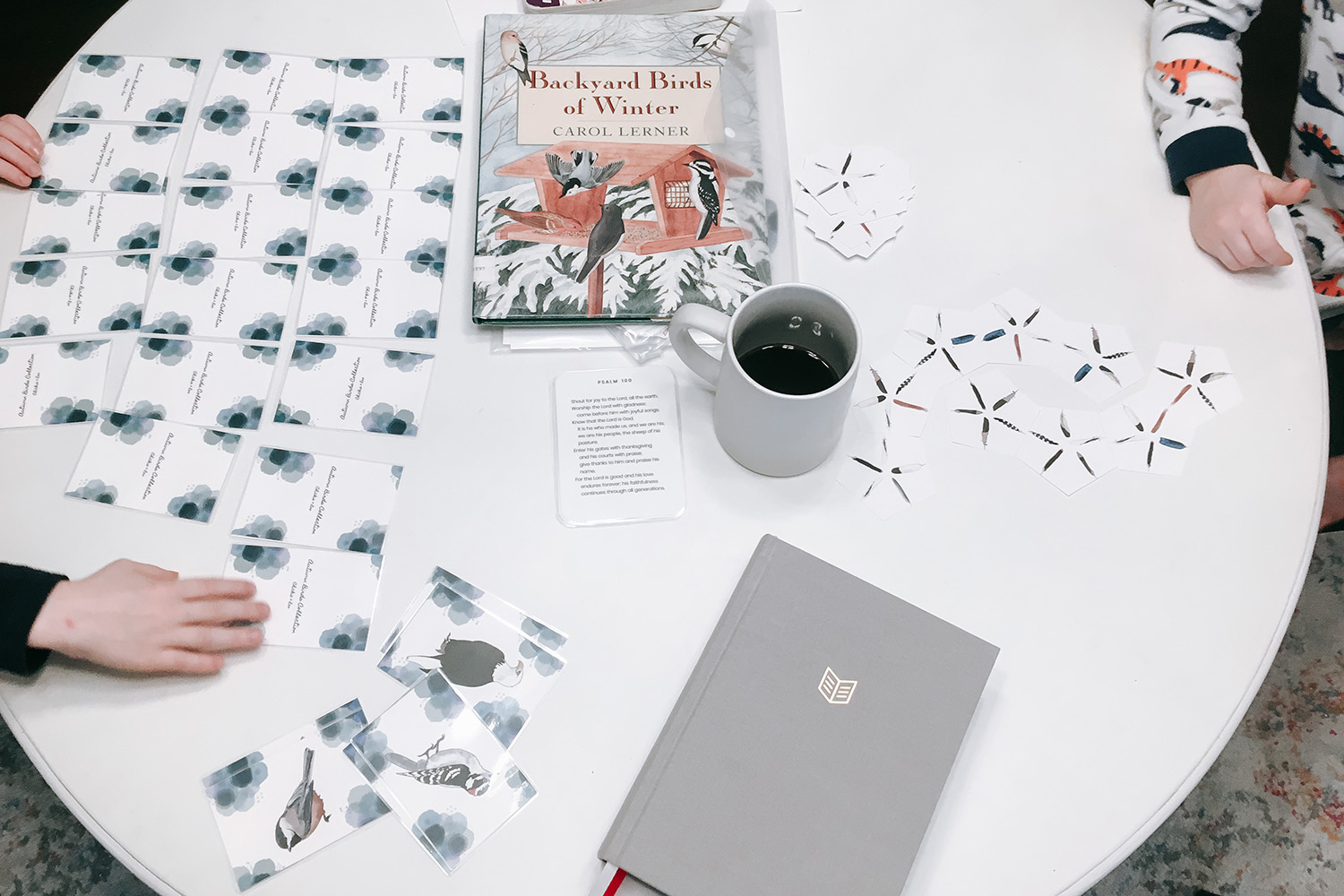
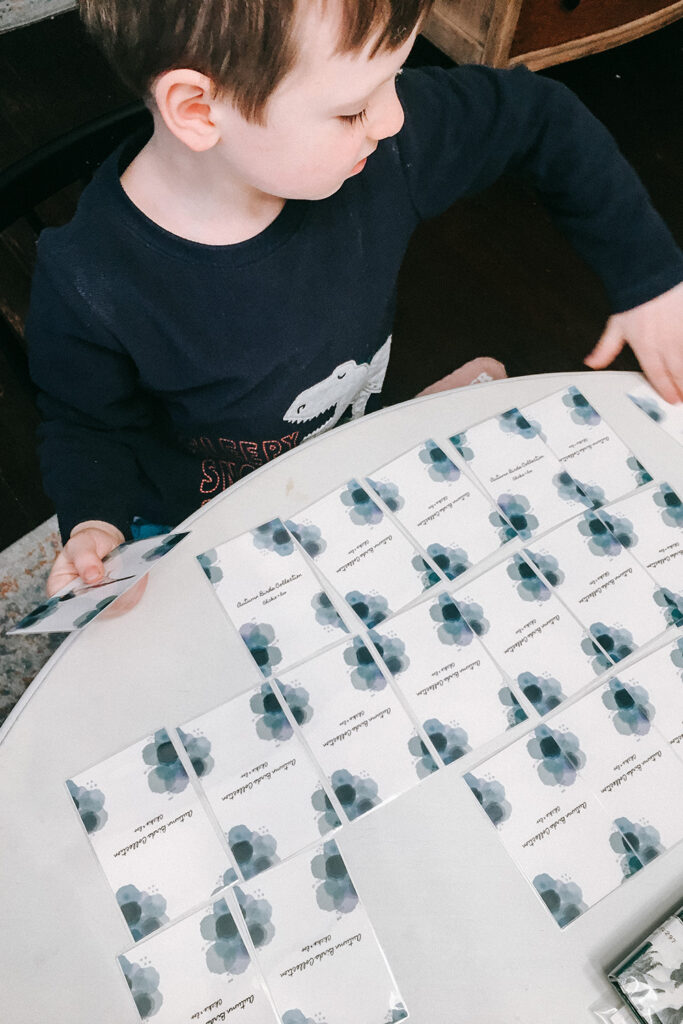
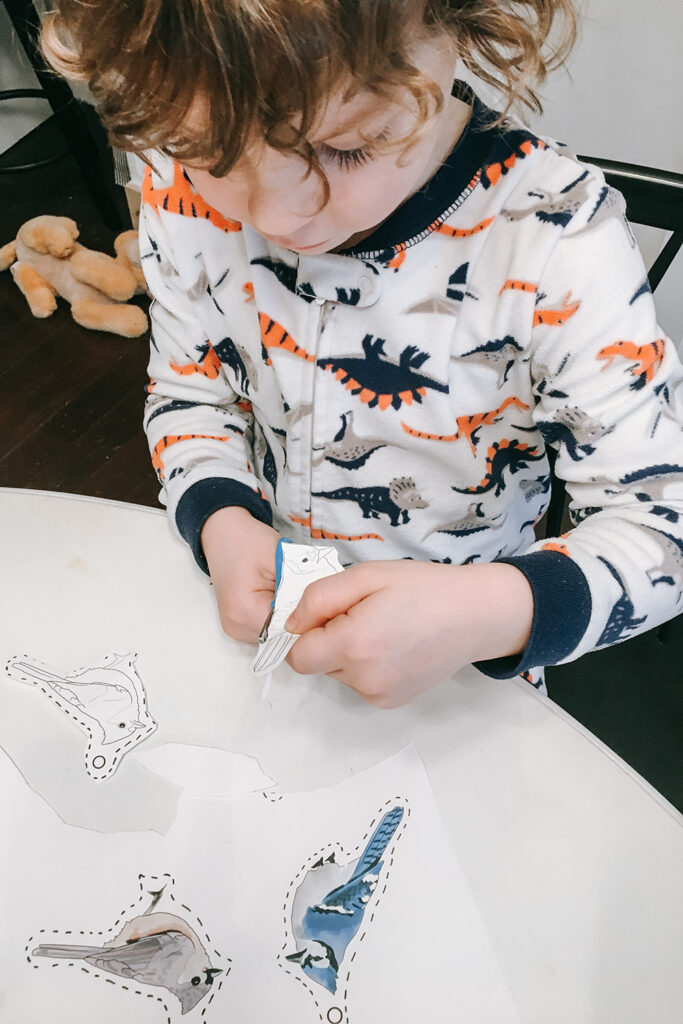
DIY Winter Bird Feeders
This is a favorite activity for my kids. We’ve done it for the past few winters as part of A Year of Playing Skillfully, and we always have so much fun creating these winter bird feeders!
The first year, we made grapefruit feeders, but actually attracted zero birds. I’m not sure if it was the feeders themselves (was the citrus too potent?) or where we hung them. So last year we changed it up and did the traditional peanut butter and seeds kind. That worked a lot better, but we also hung them up on a tree in our back yard. Maybe they felt safer back there. I’m not sure.
This year, we’re still doing the PB&Seeds feeders, but I’ve seen some neat frozen feeders that people have made. So we’re going to experiment with those, too, including berries with our seeds.
Winter Bird Watching
Of course, no nature study would be truly complete without some actual bird watching!
On each nature walk this month, we’ve taken our binoculars along with us so we can stop in the woods and watch the birds flit around in the tree tops. Probably the most popular winter bird we’ve seen are Black-capped Chickadees. But now that I know what they look like, I know that we’ve also seen several Dark-eyed Juncos.
With younger kiddos, bird watching is an exercise in patience. It’s best to go into it with low expectations. My oldest can stay quiet and focus his binoculars on the birds, but Mr. Four is not quite there yet. He shouts and scares the birds, and he struggles to get the binoculars focused, which leads to frustration on his part.
However, I know that we’re training them slowly each time we go out. As they get older, they’ll have the patience and skills to watch the birds for as long as their hearts desire.
For now, we point out the birds, watch what we can, identify as many as possible, and let our ears tune in to hear their songs. Which is perfect for my preschooler and Form 1B students.
Winter Bird Watching Supplies
The beauty of bird watching is that you don’t really need much. We only take our binoculars, a bird guide, and our nature notebooks (just in case there ever should come a time when we can actually sit in the woods and journal). The bird guide below is the one our neighbor gave us. It’s old, but we like it because it’s pocket-sized and has brief descriptions. There are others, of course, but we really like this one!
That’s it: our winter birds nature study plans!
The beautiful thing about Charlotte Mason-style nature studies is that they’re simple. Read some living books to learn about the topic, go out in nature and actually study it, and engage in some hands-on learning. It’s amazing what kiddos learn once they develop the habit of observation!
I hope you enjoy your own winter birds nature study! If you have any questions, feel free to drop me a comment below!
